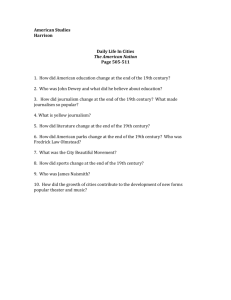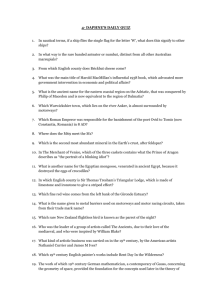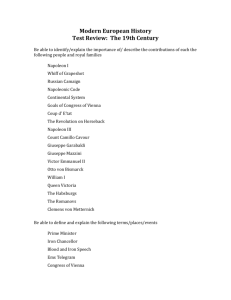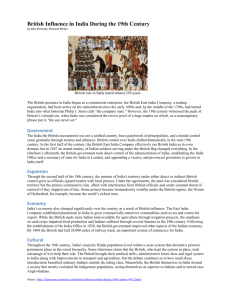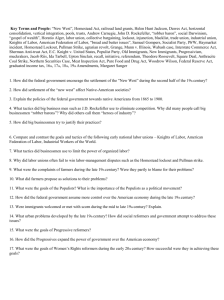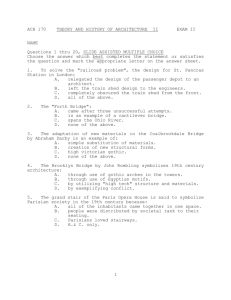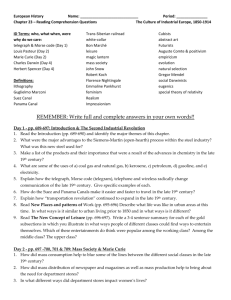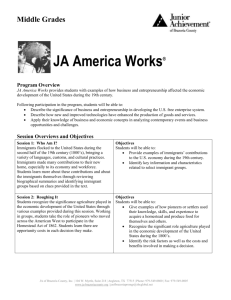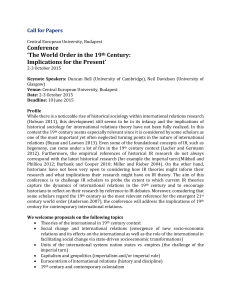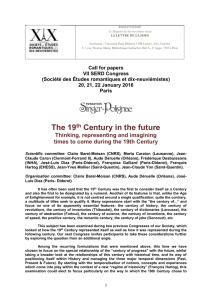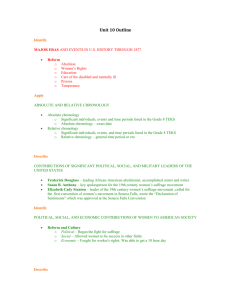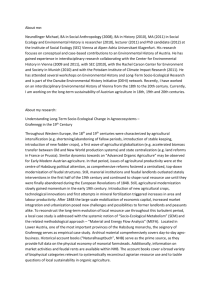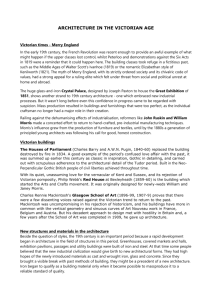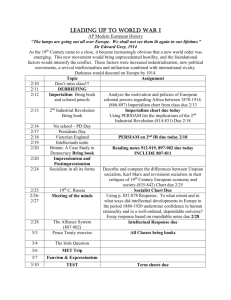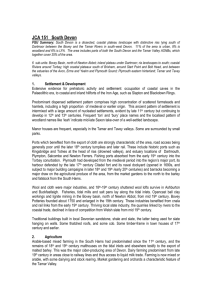A tour in the city of London, at the end of the 19th century
advertisement
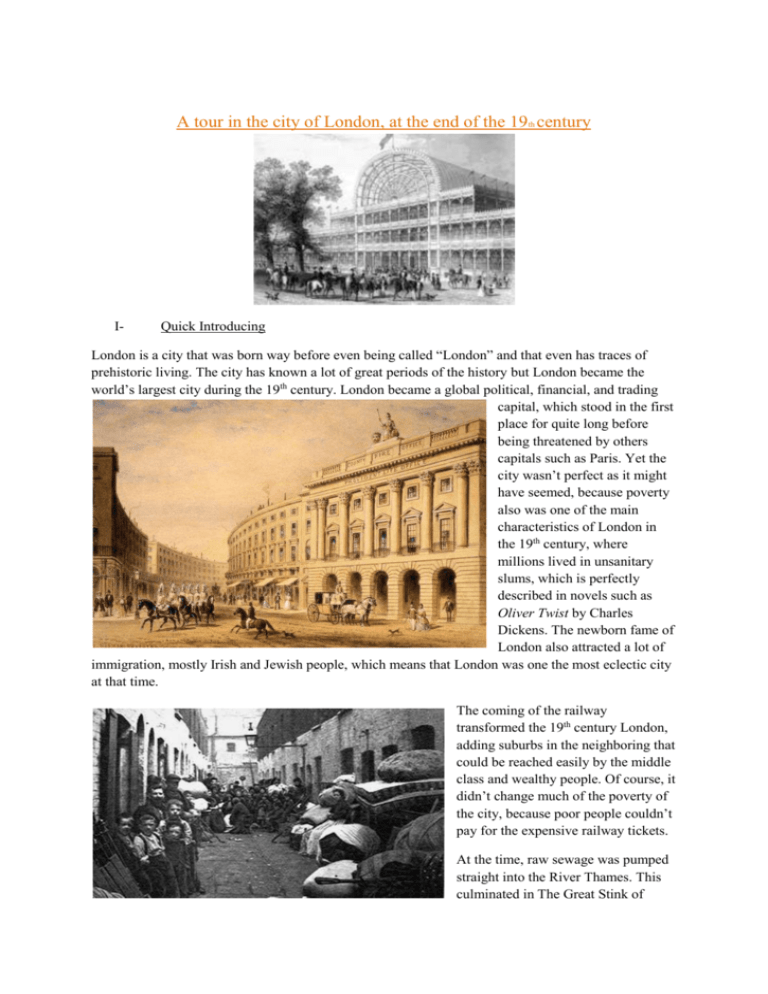
A tour in the city of London, at the end of the 19th century I- Quick Introducing London is a city that was born way before even being called “London” and that even has traces of prehistoric living. The city has known a lot of great periods of the history but London became the world’s largest city during the 19th century. London became a global political, financial, and trading capital, which stood in the first place for quite long before being threatened by others capitals such as Paris. Yet the city wasn’t perfect as it might have seemed, because poverty also was one of the main characteristics of London in the 19th century, where millions lived in unsanitary slums, which is perfectly described in novels such as Oliver Twist by Charles Dickens. The newborn fame of London also attracted a lot of immigration, mostly Irish and Jewish people, which means that London was one the most eclectic city at that time. The coming of the railway transformed the 19th century London, adding suburbs in the neighboring that could be reached easily by the middle class and wealthy people. Of course, it didn’t change much of the poverty of the city, because poor people couldn’t pay for the expensive railway tickets. At the time, raw sewage was pumped straight into the River Thames. This culminated in The Great Stink of 1858. The polluted drinking water (sourced from the Thames) also brought disease and epidemics to London's populace. So the government finally chose to give the authorization to build a lot more sewers, and it became one of the largest civil engineering projects the 19th century had ever witnessed. This system was so performing that it’s still in use today. II- Some famous monuments you could visit The Trafalgar Square: This famous pubic place already was one of the most attractive monuments you could visit in the 19th century. It was built to commemorate the Battle of Trafalgar, which a naval battle the English won over Napoleon Bonaparte. The Tower Bridge: One of the most known monuments in London is by all the odds the Tower Bridge which is a combined bascule and suspension bridge that opened to the public in 1894. It was indeed one of the most spectacular constructions the 19th century had ever seen. Actually, it’s has a total length of 244 meters. The Kensington Gardens: Those gardens originally the royal gardens of the Kensington Palace. They opened to the public in 1841, and they became a well-known place in the center of London at the end of the 19th century. They’re located next to several other famous gardens in London. Harrods: At that time, you could also go to buy what you needed at Harrods, a well-known grocery that was starting to get bigger, and that nowadays is one of the biggest malls of the city. The British Museum: Yes, this monument was already here during the 19th century. Actually, it was even built in the 18th century, but it gained more fame during the flowing century. It already had a lot of exhibition, as shown on the drawing that represents a Manchester Arts-Treasure exhibition in 1857.
